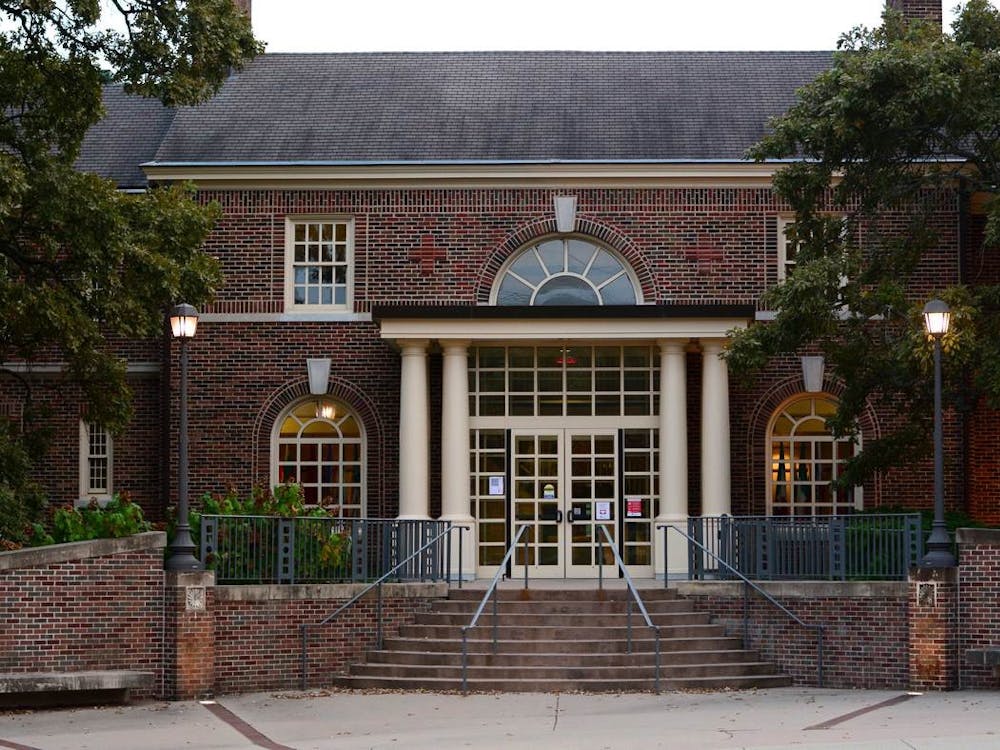Initial two to six weeks a 'red zone'
By Ceili Doyle, The Miami Student
The inside of The Woods was jam-packed the Sunday night before Labor Day. One first year student was busy mingling and asking questions about how to rush the fraternity Chi Psi with an alleged member of the fraternity when the conversation quickly turned into a disagreement.
Tensions rose and tempers flared, and the first-year student ended up getting punched in the head, while his assailant disappeared in a sea of students marked only by his brown hair and Bengals jersey.
Later, the first-year would tell the Oxford police that he was punched so hard he "could feel his brain going back and forth, left to right." The physical attack left the first-year with a concussion and a small brain bleed.
"Oxford has this reputation of being a safe, small town," Sergeant Jon Varley of the Oxford Police Department said. "But many individuals, especially freshmen, don't take enough precautions. They're a little too trusting, a little too naive. Nobody's telling them what to do anymore, and more importantly nobody's looking out for them."
Acts of violence on campus are not limited to physical assaults either.
In fact, the first two to six weeks of every fall semester are denoted as the Red Zone, or the most dangerous time period for first-year women to face sexual assault (including, but not limited to, rape) on college campuses, according to a 2008 study from the Journal of American College Health.
Rose Marie Ward, a professor in Miami's department of Kinesiology and Health, and Terri Messman-Moore, a professor in the Psychology department, conducted a study at the university a few years ago on 424 college women who were surveyed every week over the course of 10 weeks. The research indicates that, even amongst such a small pool of data, instances of sexual assault were found to be more prevalent in the first semester during the months of August, September and October.
"In our data set, almost six percent of the freshmen reported being raped," Ward said. "We are one study [during] one semester, and there are all these other variables that are completely out of control for that person that play into this as well."
While Ward and Messman-Moore's study included college women from freshman to senior year, the statistics behind first-year women's susceptibility to rape are substantial. The data has prompted doubts regarding the safety of Miami's campus, specifically with respect to first year students.
"[Miami] is a very safe environment," Miami University police chief John McCandless said. "However it gets back to when bad things occur they're constantly revolving around alcohol."
Enjoy what you're reading?
Signup for our newsletter
While Ward believes that Miami's campus is at no greater or lesser risk for violence when paired with universities across the nation, she remains wary of students' perceptions of their safety.
"I would doubt people fear seeing guns at Miami or experiencing some kind of weapon type of assault," Ward said. "But I know there are fights and cases of sexual assault, and I think we still have this microcosm here of legitimate issues even though we live in the middle of cornfields."
The Oxford police department has spent years observing and trying to both contain and eliminate instances of crime among college students, in particular physical and sexual assault. Varley said there is definitely a learning curve for first year students.
"People may seem trustworthy in class, but when they drink they become different," Varley said. "If you are going out in a group and someone disappears, go and find them. Most of all, if something doesn't seem right, trust your gut it's not."




